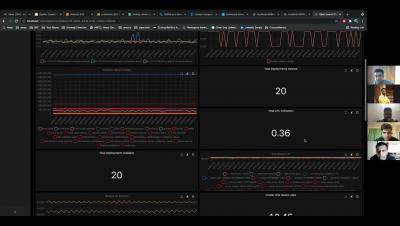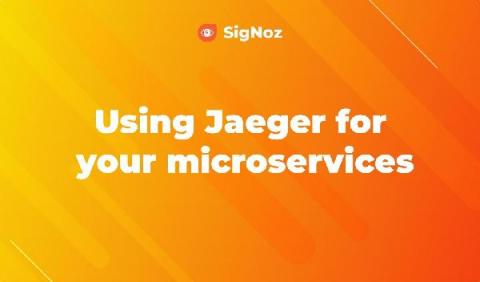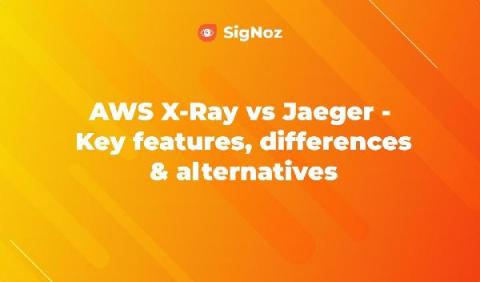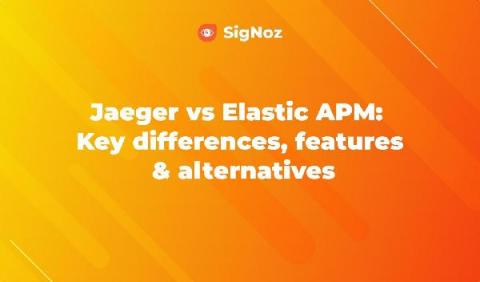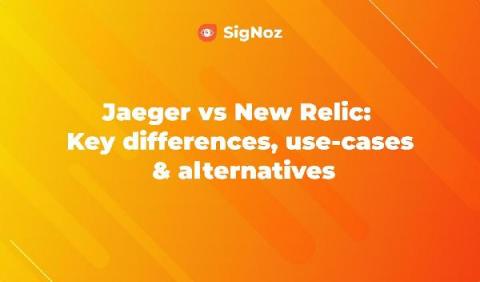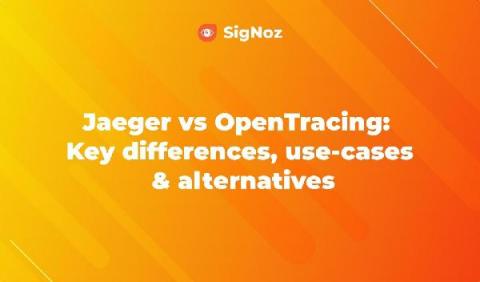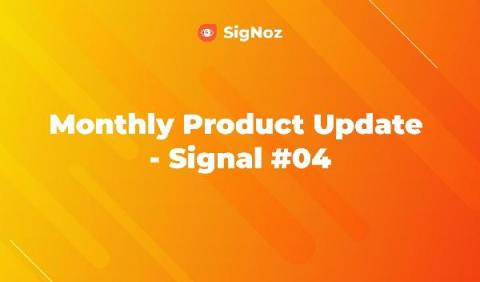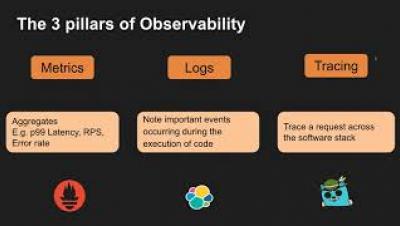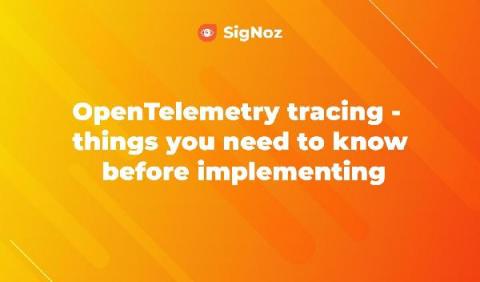SigNoz community call - September 2021
SigNoz is an open source alternative to DataDog, New Relic. In this community call, we discuss how to send and visualise metrics in SigNoz and create custom dashboards for the same. We hold a community call in the last/second last Saturday of every month.


